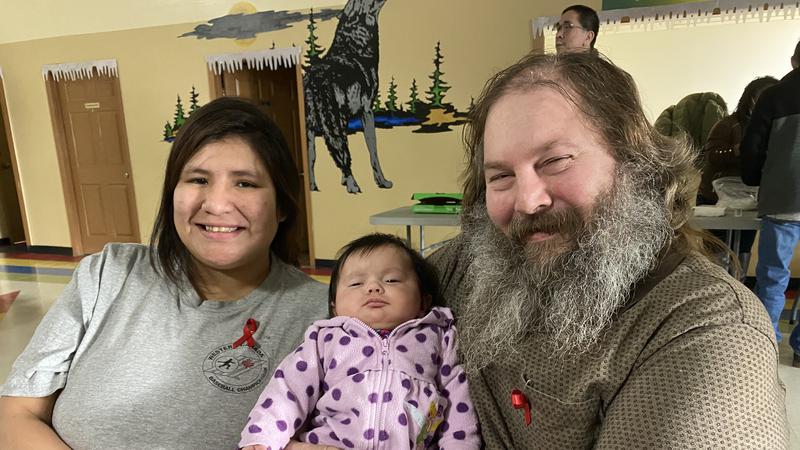
World AIDS Day marked in North Battleford with community event
In the heart of the Battlefords Metis Indian Friendship Centre on what would have been Matthew Shepard’s 47th birthday, the details of the aftermath of his now 25-year-old murder play out in the Laramie Project screening.
The film was the centrepiece of this year’s World AIDS Day come-and-go style event hosted in partnership with Battleford River Treaty 6 Health Centre (BRT6HC), the Friendship Centre, and Communities Alliances and Networks (CAAN) under this year’s theme “Let Communities Lead.” The day also kicks off Indigenous AIDS Awareness Week.
“We’re just gathered here today for World AIDS Day, which is just a time when citizens around the world unite to show support for people living with HIV and also to remember those who have died from AIDS-related illnesses since the beginning of the pandemic,” said Cymric Leask, HIV project coordinator at Battleford Family Health Centre.
Speaking to community members who turned out, she presented a list of facts about what is happening in the province and spoke to the sigma and misunderstanding surrounding the virus and the subsequent acquired immunodeficiency syndrome (AIDS).


